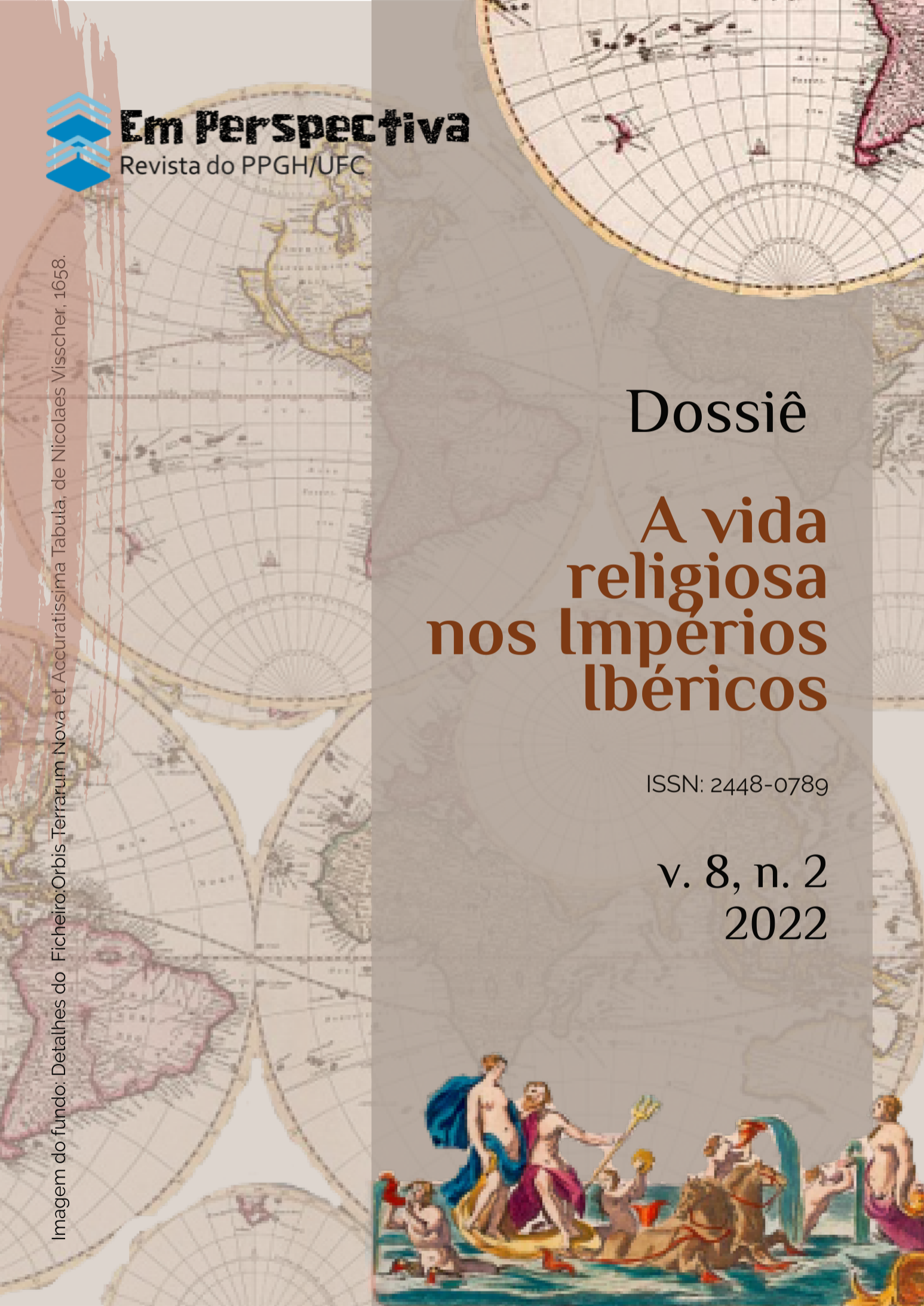Between the branch of oliveira and the sword
the calundu and the santa in the city of São Sebastião do Rio de Janeiro (1751-1765)
Keywords:
Apropriação cultural, Mágico-religiosas, CalundusAbstract
This research has as its object the socio-cultural relations, especially the religious dynamics between Catholic and African rites in Portuguese-Brazilian society in the 18th century. Based on Rosa Egipcíaca's bibliography and Luzia Pinta's inquisitorial process, we seek to understand the reasons for the apparent permissiveness, by the Church and inquisitorial agents, of practices considered heretical in the colonial period. It is argued, with the analysis of the sources, that there was not exactly explicit permission, but rather lack of interest from the inquisitorial agents of the repressive functions, as exemplified by the dynamics unveiled in the city of Rio de Janeiro. It is suggested that between the calundu and its practices and the inquisition, different perceptions of the agents took place, as well as processes of cultural appropriation in magical-religious practices attuned to the political and economic interests of legitimizing and consolidating the agents within society.
Downloads
Downloads
Published
How to Cite
Issue
Section
License
Copyright (c) 2022 Sidney Pereira Maia

This work is licensed under a Creative Commons Attribution-NonCommercial-NoDerivatives 4.0 International License.



.png)
2.png)
.png)


.png)


.png)
1.png)
2.png)
